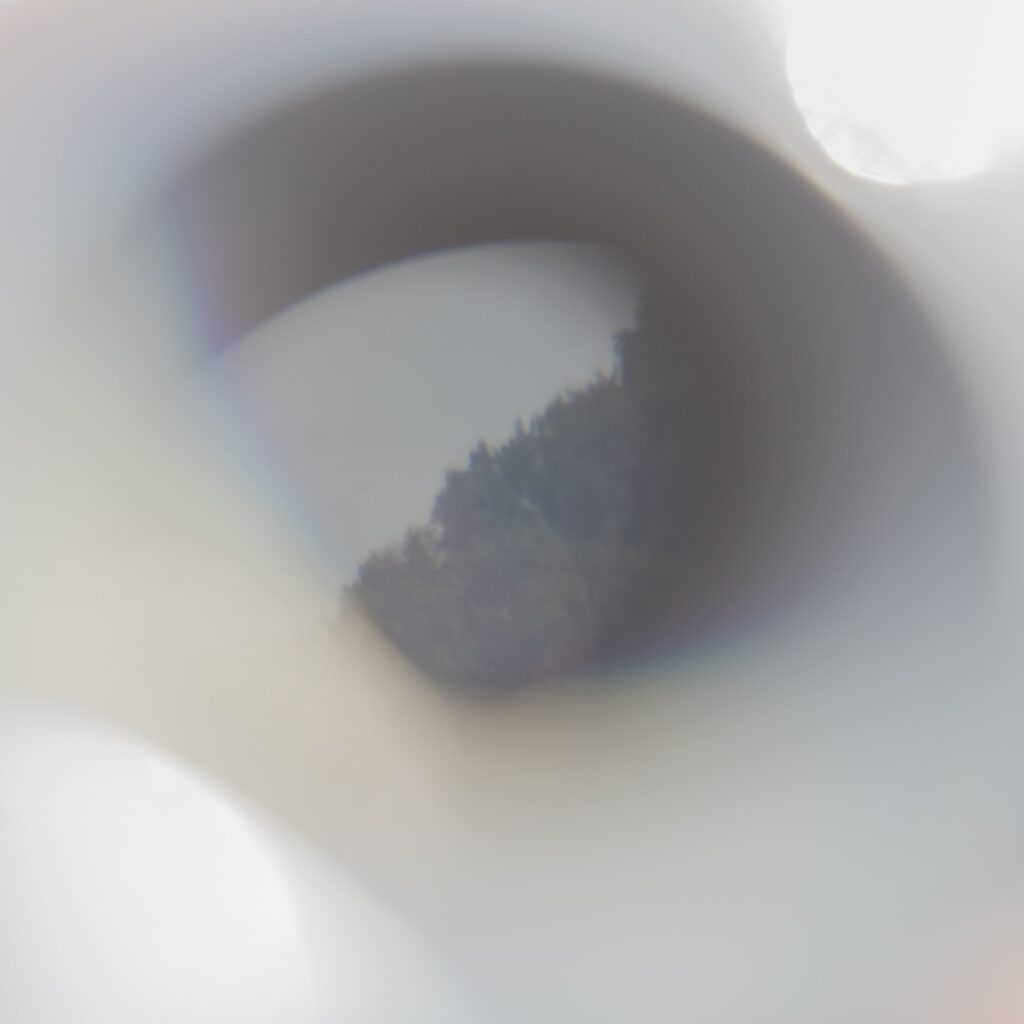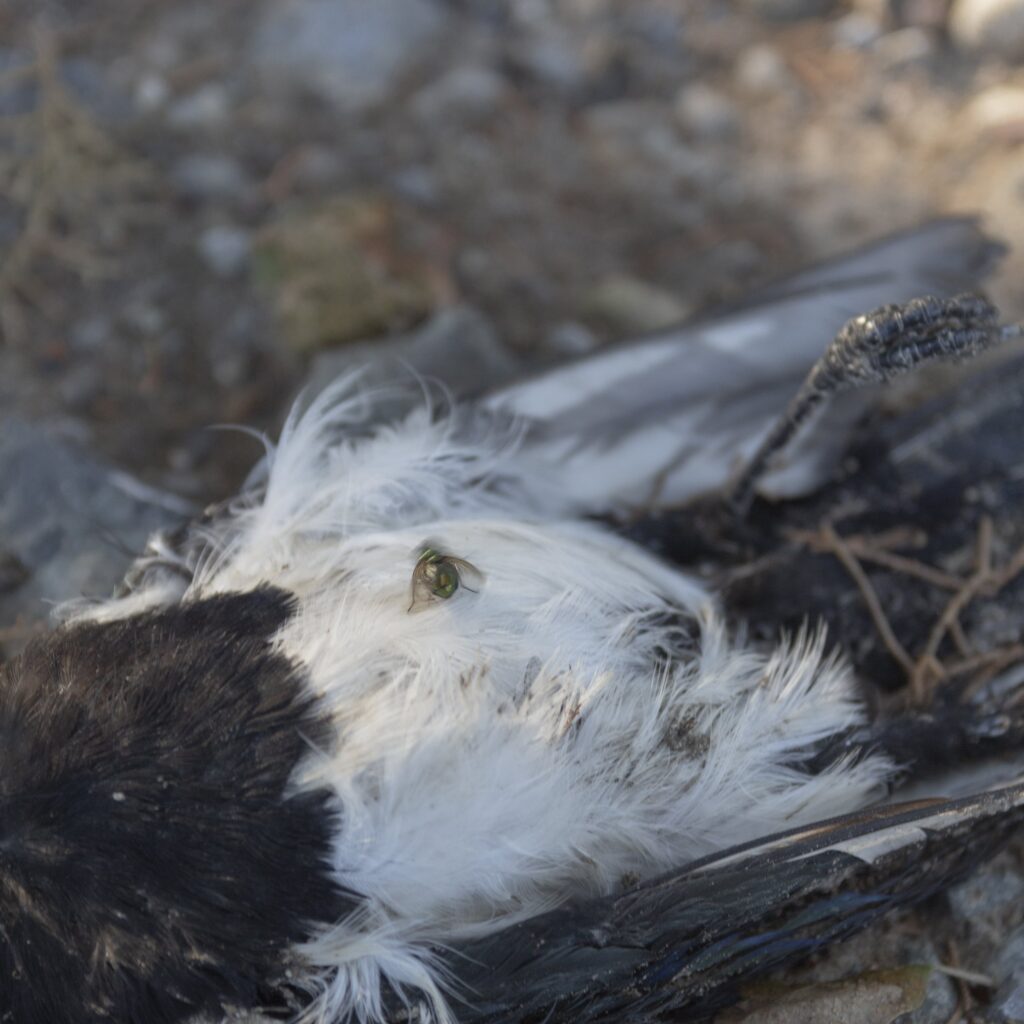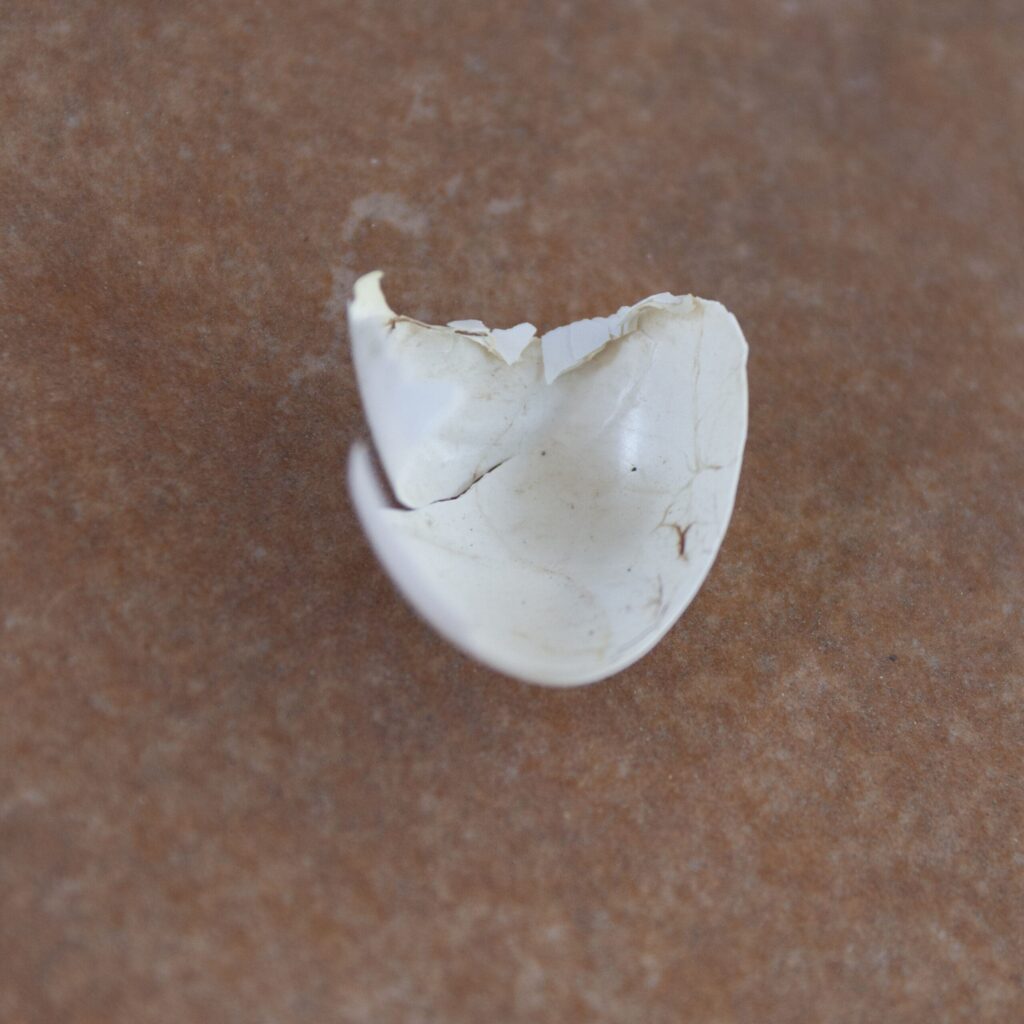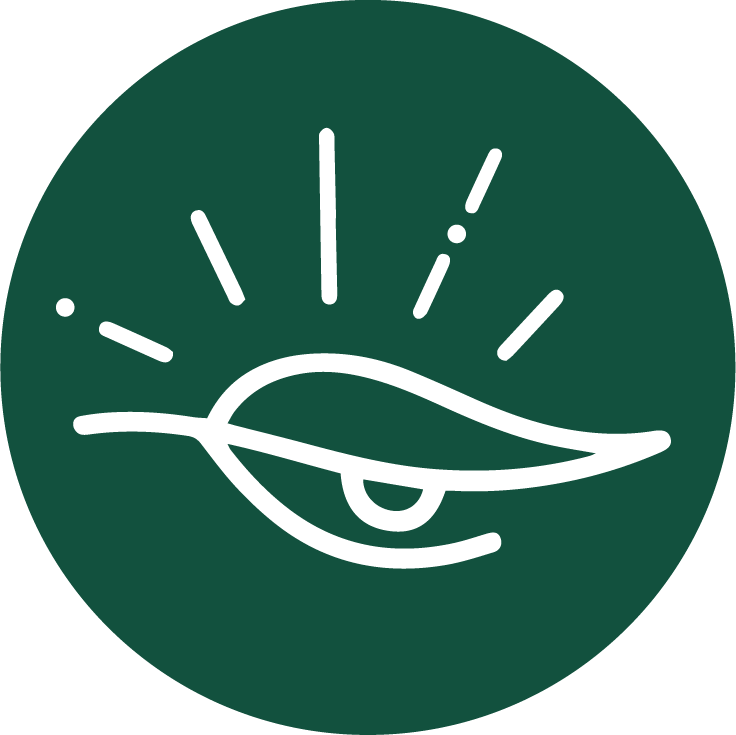
I started my project Noi as a wonder regarding the bond that nature and human beings share, and how and where we could perceive and notice it. Noi stems from my own experience, from the times I walked and immersed myself in green areas, or what everyone would define as nature. These are the moments of my life where I have the chance to feel completely embedded within the environment I am surrounded by and, hence, be a part of the planet we inhabit. I have always felt that this has had a huge influence on my personal and everyday life choices. Thus, I wanted to embrace it with my photography.


Throughout Noi there was continuous research on nature and environmental philosophy by anyone who talked and still talks about the value within it. I felt it was important to discover how coexistence had evolved historically and geographically and how humans brought a distinctive separation from themselves to their surroundings. I was firstly inspired by Japanese animation movies where Asian philosophies’ concepts are embedded, i.e., Shintoism, Animism, Taoism, and Buddhism, which reflect my same way of perceiving life, the world, and our coexistence with it.
“In my grandparents’ time, it was believed that spirits existed everywhere […] in trees, rivers, insects, wells, anything […] I like the idea that we should all treasure everything because spirits might exist there, and we should treasure everything because there is a kind of life to everything.”
Hayao Miyazaki
Japanese Storyteller



I, therefore, came to realize that I wanted to portray life without making a distinction between human and not human, for I believe that we are all one thing.
We cannot divide nor define ourselves far from our roots, our origins, and where we will end our lives. Hence, Noi attempted to capture it through the details of our daily lives when we did not have the time to wonder and be amazed by what we were surrounded by. Where we can connect both physically, through our senses, and emotionally, creating a spiritual bond and feeling deeply rooted within the environment. It stressed the concept of wabi-sabi, as a way of living that focuses on finding beauty within the imperfections of life and accepting peacefully the natural cycle of growth and decay.


We are nature; we are part of a community where there are no hierarchies. If humans act in harmony with nature; there is no dissociation from self and others. Indeed, deep ecologist Arne Naess declared that what is most important is a reflection on us, a need to engage with ourselves through nature. This is what I followed within my photographic research, through the wonderment at and about what we are surrounded by to question and reflect upon our own position within the natural environment.
I am interested in the simplicity of life and where everything encounters and exchanges. It is a connection, a union, important to be reminded of within the planet we inhabit. It is here where everything comes from and ends.



Hence a bigger harmonious and self-balancing force within nature. It is where nothing is still; everything follows a path, a cycle, from its birth through maturation, death, and eventual regeneration. It is where nothing is lost, but everything is transformed into something else. I wanted to portray this life where fragility, vulnerability, and decay are perceived. Moreover, it is through slowness and time that we can start to re-look and wonder at our surroundings, meditating with them and experiencing them eventually on a new level of comprehension. Nature behaves slowly, as in my photographic practice, where I never tried to rush myself. Instead, I always let myself live and experience the moment where I was, in front of anything I was able to encounter and wonder about it, taking time and patience and letting nature’s silence pervade my practice.
Through meditation and breathing, I believe that we, as humans, can truly feel and perceive nature differently and start to understand that we need to go beyond ourselves, be absorbed by the Earth, and embrace the bigger life of the planet we inhabit.
Finally, silence was key within Noi, from the images themselves to how the artistic book was structured, allowing the viewer to engage with it in their own environment.


Words & Photos by Laura Maggiore @lauriehowald




